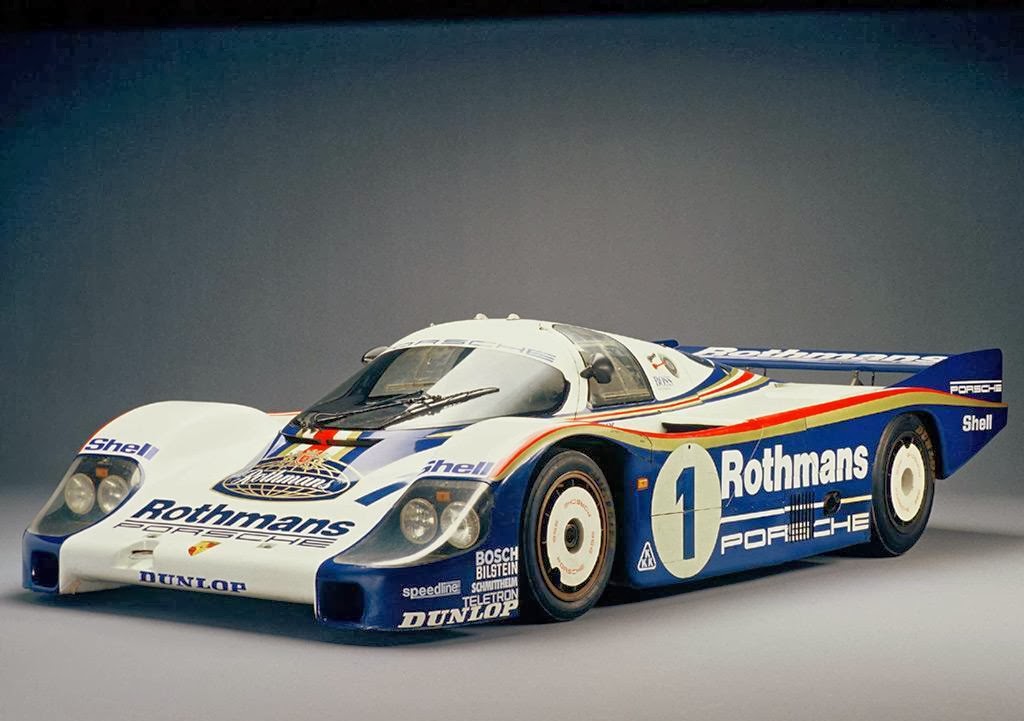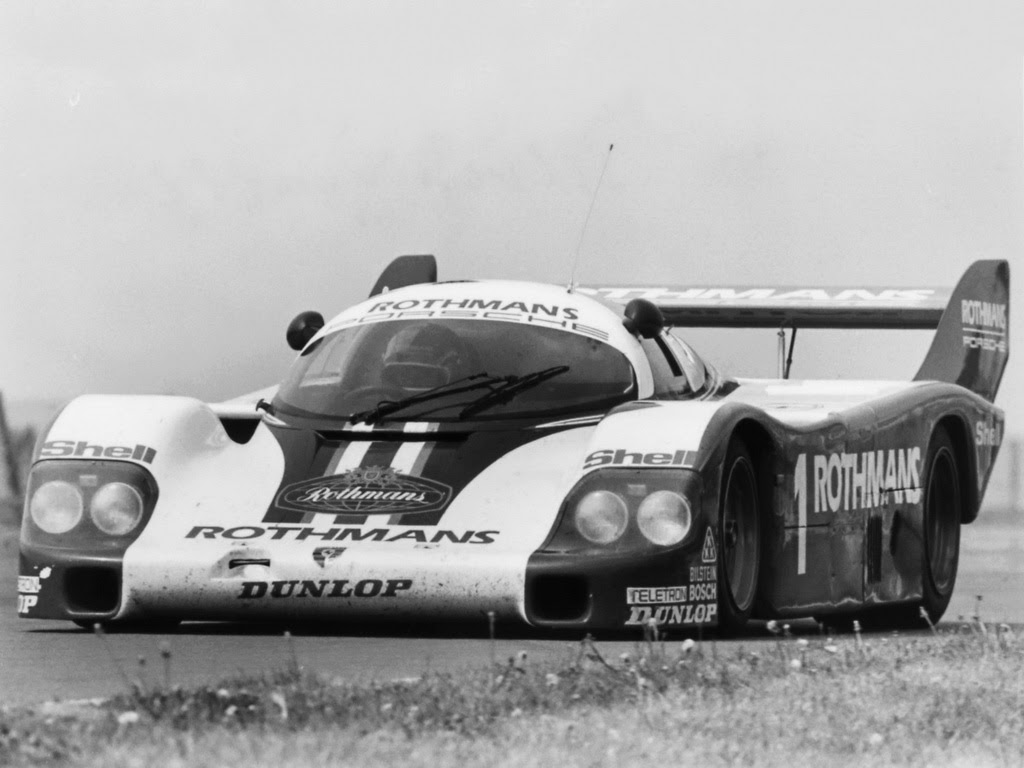Separated by three decades of time, a pair of German manufacturers swept the top finishing positions at the 24 Hours of Le Mans, competing under technical regulations focused on generationally-different approaches to combining high performance with improved fuel efficiency.
In 2012 the manufacturer was Audi, integrating their diesel expertise with hybrid technology developed by the Williams Formula 1 team. In 1982, it was Porsche, utilizing their first lightweight aluminum monocoque chassis, rear underbody tunnels, and superior aerodynamics.
The FIA World Sportscar Championship in 1982 featured new Group C regulations that were largely focused on fuel capacity and consumption, as well as an 800 kg weight limit combined with dimensional limitations to preclude special “long-tail” bodywork for Le Mans. Fuel tank capacity was restricted to 100 liters, with a limited amount of fuel available for each race on the schedule.
To meet the new regulations, designer Norbert Singer drew the legendary Porsche 956. Despite the new restrictions on fuel consumption, Jacky Ickx and Derek Bell won the 50th anniversary 24 Hours of Le Mans by breaking the distance record they had established the previous year. And, running in perfect formation, the other two Rothmans-sponsored team cars followed the winner across the finish line.
This first victory for the Porsche 956 was the beginning of one of the great eras in endurance sportscar racing. It also marked the end of another great era, being the sixth and final Le Mans victory for Belgian driver Jacky Ickx.
In addition to the headlines generated by Ickx and the Porsche 956, the 1982 event also included the usual variety of secondary stories.
In one of the more curious, Mario and Michael Andretti had qualified ninth in a Mirage M12 entered by Harley Cluxton but, while the car had passed pre-race inspection earlier in the week, it was pulled from the grid and disqualified on a technical infraction shortly before the start of the race.
Similarly frustrating, perhaps, was the experience shared by the driving trio of Bobby Rahal, Jim Trueman and Skeeter McKitterick. The three were co-driving a March 82G that arrived late for practice, was fitted with a down-on-power Chevy V8, and was slow on the straights…and the Le Mans circuit has miles of straights. Three hours into the race the fuel tank split, bringing a merciful end to an unpleasant affair.
Also occupying the V8 portion of the sound spectrum were two Chevrolet Camaros entered by NASCAR team owner Billy Hagan. This was an era when the Le Mans organizers were actively soliciting American entries from the IMSA series and, with their massive rear wings perched at roof level, exaggerated fender flairs and boisterous Chevy rumble, the incongruity of Hagan’s Camaros was striking even among the usual, eclectic Le Mans entry.
While a variety of Porsches won every Le Mans category in 1982, the IMSA GTO class was taken by a 924 that completed the race on street tires. BF Goodrich was heavily committed to racing on “street-legal” tires with partially-shaved tread depth and, for that year’s race, had entered a pair of Porsche 924 Carrera GTRs that had been tested and prepped by Jim Busby at Porsche’s test facility at Weissach, Germany. Remarkably, the car driven by Busby, Doc Bundy and Marcel Mignot ran the entire race and won the class using just five tires. One tire was changed early in the race simply to check the wear rate, and the car ran the rest of the way with no additional changes.
Regardless of the year, the 24 Hours of Le Mans is not just a race, it’s an event characterized by headlines at the front of the grid, but filled with story lines throughout the field.
By Bob Harmeyer




